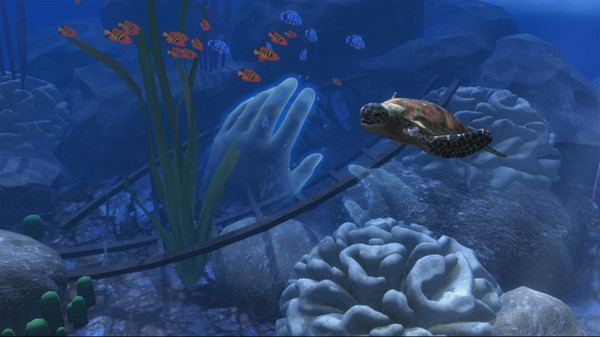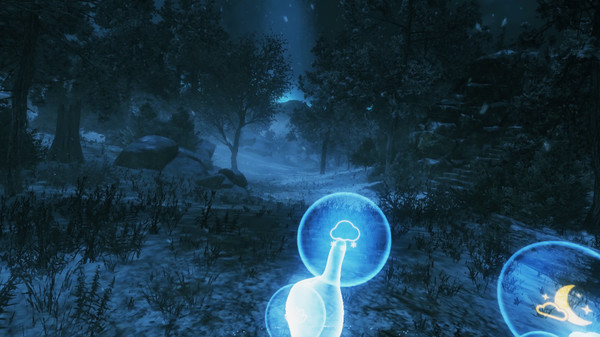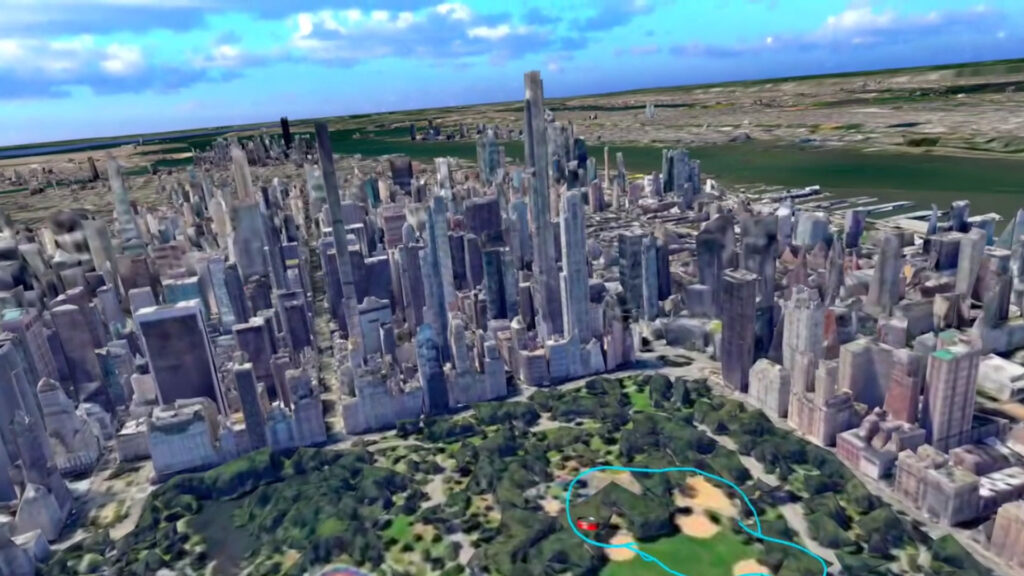

When it comes to sparking students’ curiosity about our planet, few tools can compare to a fully immersive experience. Below are six highly rated applications—each available on the Meta Store—that help learners dive into Earth’s diverse habitats, witness vibrant ecosystems, and appreciate the planet’s complexity. Whether you’re an educator looking to enrich Earth science lessons or simply curious about the wonders of nature, these experiences can make learning an unforgettable adventure.

Why Explore
Educational Angle
Ocean Rift helps students understand topics like biodiversity and marine food webs. Its “education mode” contains narrated information points, making it an engaging resource for Earth science discussions on oceanic environments.

Why Explore
Educational Angle
Ideal for lessons on habitats and atmospheric conditions, Nature Treks connects the dots between climate, landscape, and wildlife. Students can investigate everything from serene forests to cosmic vistas, tying natural patterns to broader environmental science topics.
Why Explore
Educational Angle
theBlu draws attention to marine conservation and climate impact on ocean ecosystems. Students gain a visceral understanding of how overfishing or coral reef damage affects aquatic life, reinforcing classroom discussions on environmental stewardship.

Why Explore
Educational Angle
Wander offers a real-world perspective on geography and cultural diversity. Teachers can set assignments where students explore specific continents or ecosystems, then discuss what they observed—perfect for earth science or social studies.

Why Explore
Educational Angle
EarthQuest excels at showing global features like mountain ranges, river systems, and urban sprawl in striking detail. The AI assistant can explain phenomena like plate tectonics or desertification, turning exploration into a dynamic learning journey about Earth’s complexity.

These five experiences go beyond simple digital tours:
Looking for more VR app ideas? Check out Top 5 Must-Try VR Education Apps That Will Blow Your Mind.
From diving into coral reefs to virtually mapping the planet, these apps help students appreciate environmental science in exciting, innovative ways. Immersive learning adds a sense of wonder and motivation, guiding learners to value the natural world and grasp the urgent need for conservation.
Whether you want to highlight the benefits of virtual reality in education or inject life into Earth science lessons, these six tools offer something for every digital classroom. By bringing real-world ecosystems closer, we enrich students’ understanding—and spark deeper passion for preserving our planet.
Frequently Asked
We prodive VR biology, VR physics, and VR chemistry simulations. Please, check our catalog.
Please, fill the form to get demo labs for free.
Please contact our customer support service at support@xreadylab.com or book a call with the team to find out the conditions and book the VR class set up at your school.
Subscription to XReady Lab interactive VR labs. If you are a school, then you are also given access to the VR classroom system. VR class system helps you easily launch VR lessons for a large number of students, follow the experience of each student, as well as customise the content without developers.
We adhere to the world’s generally accepted recommendations and research. Our products are suitable for children from 12 years old.